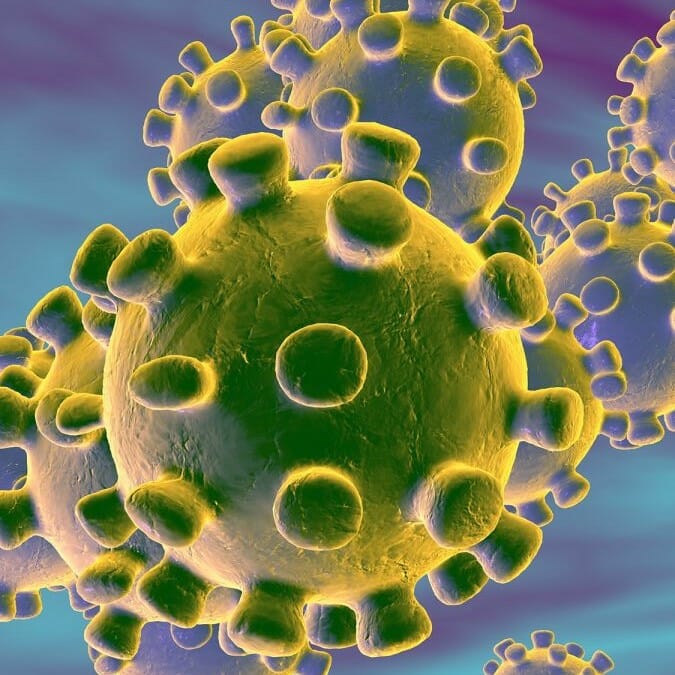
Novel coronavirus detected, monitored in wastewater
A new approach to monitoring the novel coronavirus, known as wastewater-based epidemiology (WBE), can potentially identify levels of coronavirus infection at both a local and global scale.
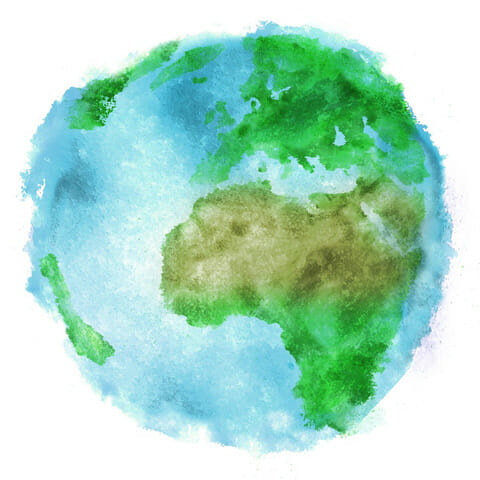
A project drawdown for biodiversity
An Ensia opinion article by ASU Center for Biodiversity Outcomes Founding Director Leah Gerber was published on the 50th anniversary of Earth’s Day, identifying viable solutions to combat biodiversity loss through Project Drawdown. Project
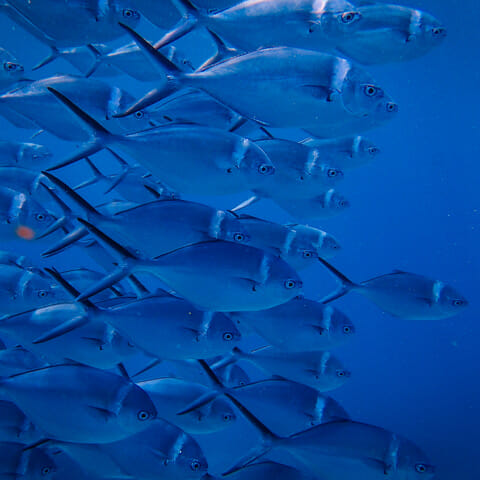
Managing fish, ecosystem and biodiversity goals
ASU-Conservation International Research Professor Jack Kittinger co-authored a new Science publication titled “Meeting fisheries, ecosystem function, and biodiversity goals in a human-dominated world.” Abstract: The worldwide decline of coral reefs

ASU ranks best in UN sustainability goals
Arizona State University ranked top in the U.S. and fifth in the world for achieving the United Nations Sustainable Development Goals. Back in 2017, world leaders came together to produce
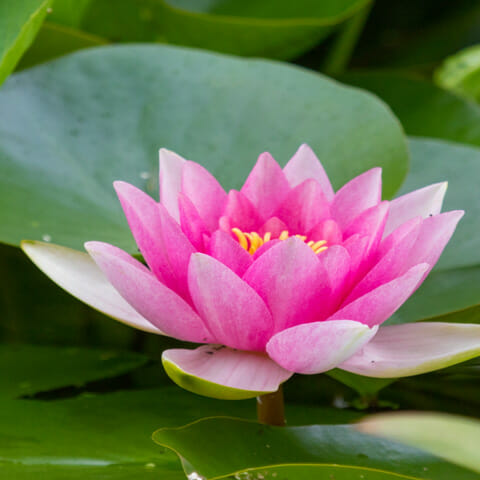
How to save the environment
Today’s issue of ASU Now features a video by ASU experts, including ASU Center for Biodiversity Outcomes Founding Director Leah Gerber, sharing insights and recommendations for saving the environment. As
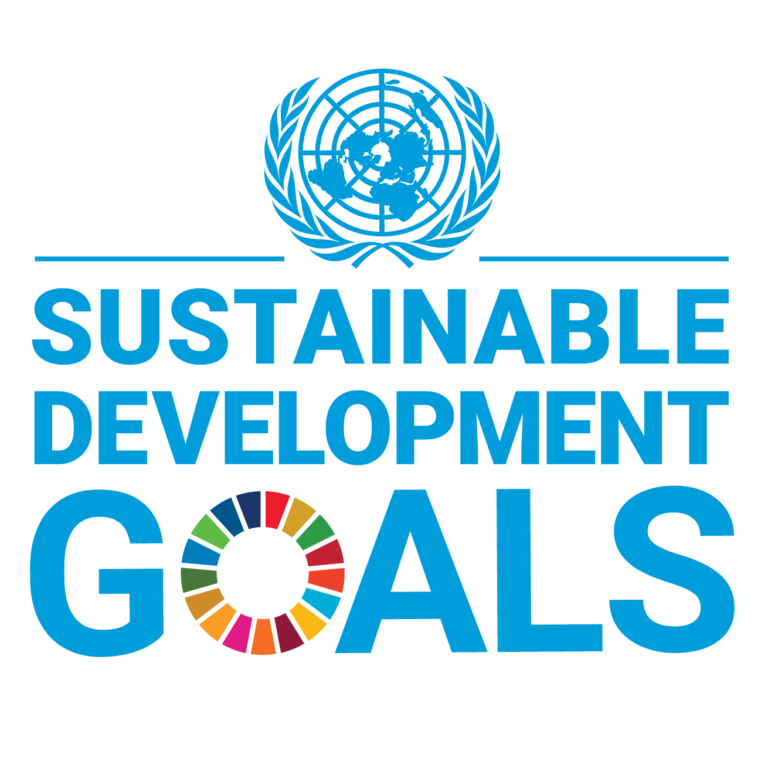
ASU ranked top in US, 5th in world pursuit of UN sustainability goals
Arizona State University ranks top in the U.S. and fifth in the world out of 766 institutions in achieving the United Nations Sustainable Development Goals (SDGs). The global ranking is
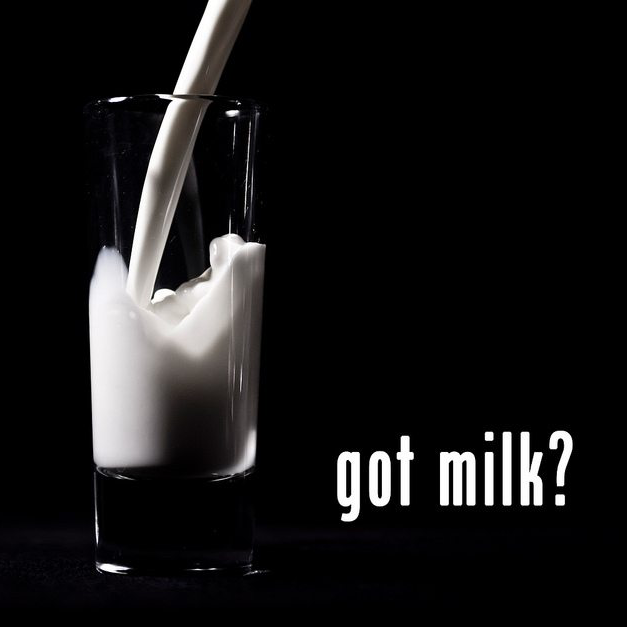
Got Milk? A Visit to Arizona’s Kerr Family Dairy
As we post this blog, we are witnessing devastation in the dairy industry brought about by the COVID19 pandemic. Wes Kerr and his family are struggling to survive, as are
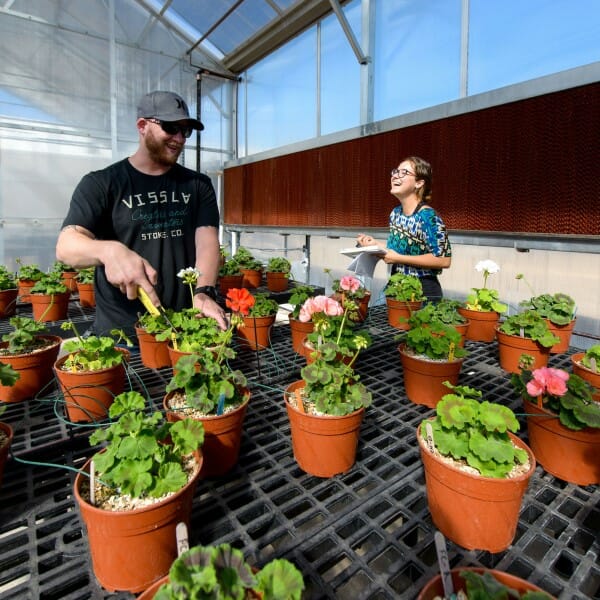
ASU achieves carbon neutrality, AASHE Platinum
ASU reached its carbon neutrality goal six years early — on June 30, 2019. Increased energy efficiency in both new buildings and campus retrofits; on-site solar generation; renewable energy purchases from large-scale, off-site generation facilities; and purchase of carbon offsets and renewable energy were all deployed while growing the student population and undertaking a physical expansion of all ASU’s campuses.
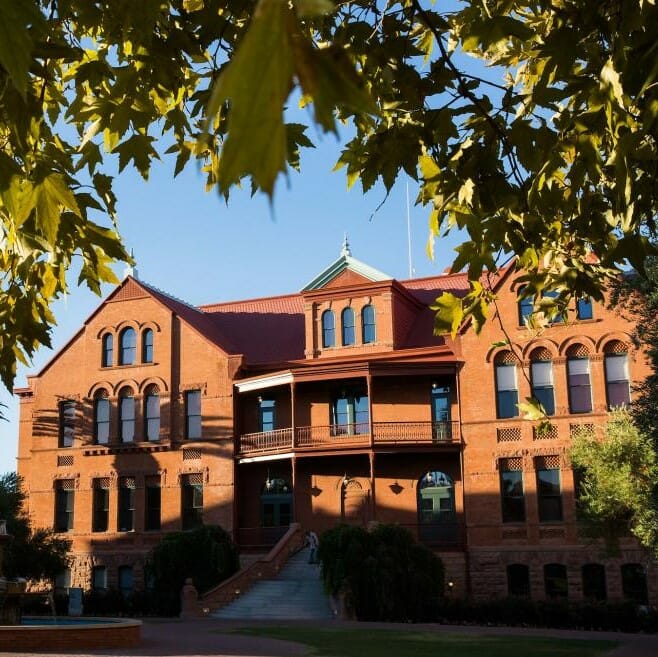
Zero greenhouse gas emissions earns ASU the AASHE Platinum rating
Thirteen years ago, Arizona State University made the pioneering promise to completely eliminate greenhouse gas emissions from its campus operations by the year 2025. But on June 30, 2019, the
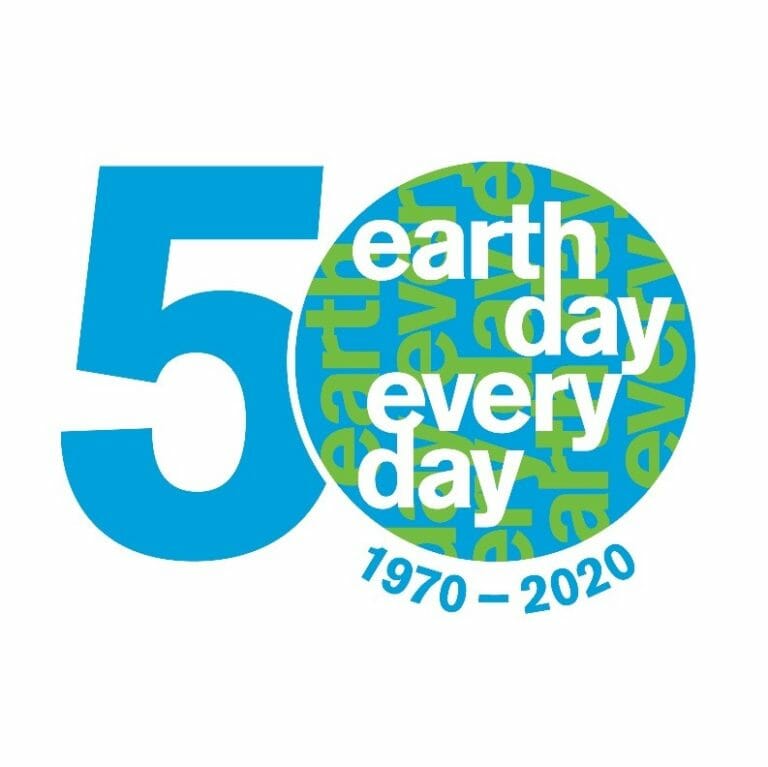
After 50 years of Earth Day, ASU environmental experts see shift to grassroots activism
Since the first Earth Day in 1970, attitudes in the United States concerning environmentalism have gradually evolved from a focus on addressing pollution to a focus on protecting and nurturing
FFAR and Swette Center project: first workshop on institutional barriers to sustainable locust management in South America
As part of the Global Locust Initiative Lab’s FFAR project on coupled human-system approaches to solving locust plagues, also supported by ASU’s Swette Center for Sustainable Food Systems, workshops have

Exploring sustainability literacy through nature journaling in school gardens
Dedicated to fostering sustainable change through education, School of Sustainability master’s student Julia Colbert helped implement nature journaling in local elementary school classrooms. “Education has always been a significant part